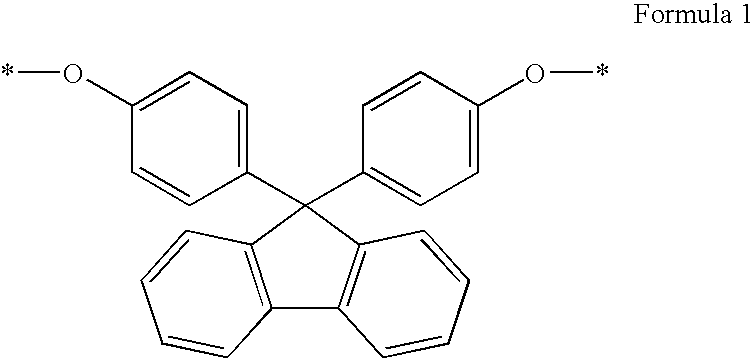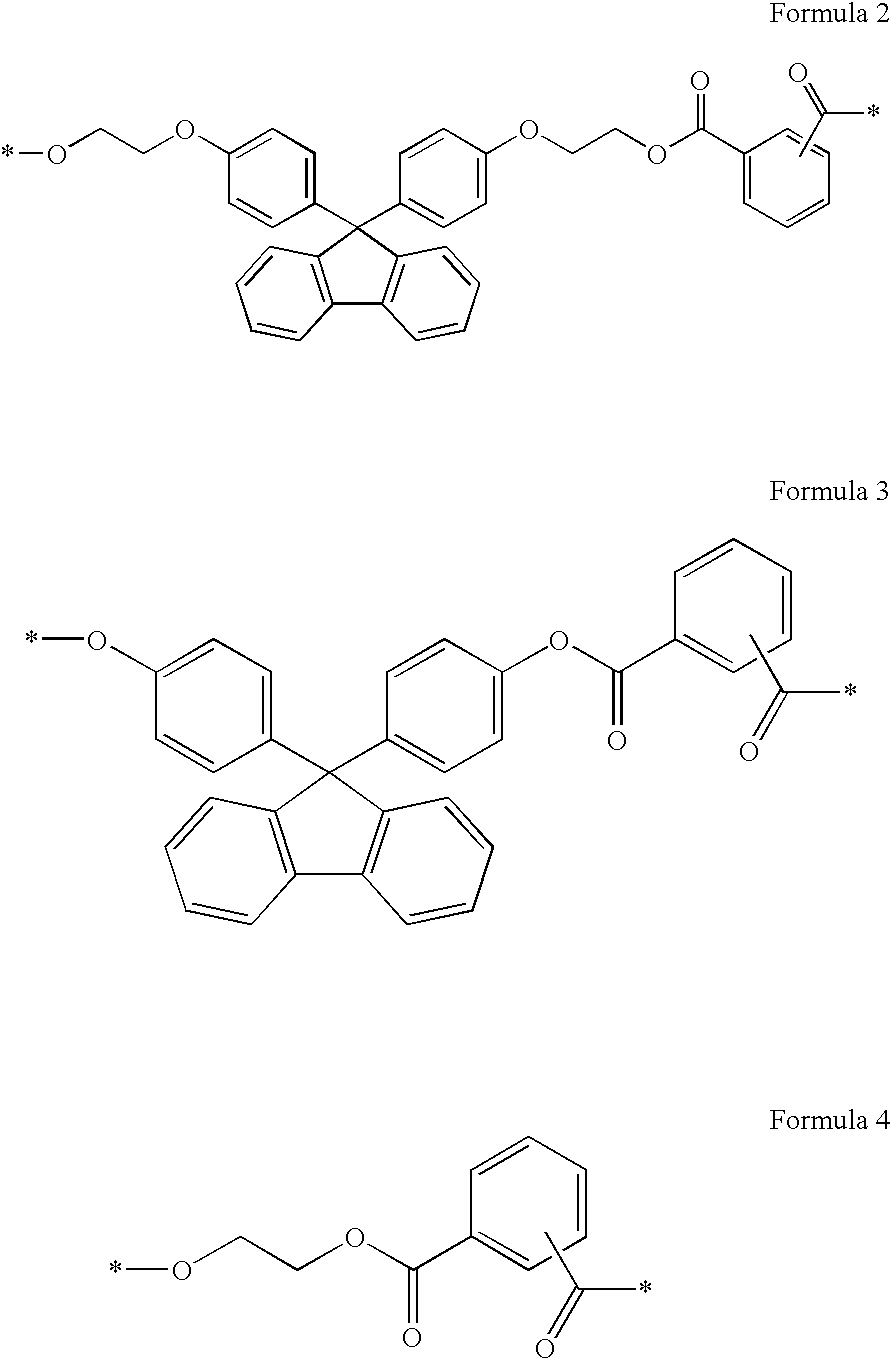Electrophotographic imaging method
a technology of electrotrophotography and imaging method, which is applied in the direction of electrographic process, instruments, corona discharge, etc., can solve the problems of reducing the photosensitivity, contaminating the developer by photoreceptor components, and not widely used wet-type developing method, so as to reduce the amount of charge generating material contained in the charge generation layer, reduce the amount of charge generating material, and the polyester resin is durable. dissolved
- Summary
- Abstract
- Description
- Claims
- Application Information
AI Technical Summary
Benefits of technology
Problems solved by technology
Method used
Image
Examples
example 1
[0052]7 parts by weight of titanyl phthalocyanine of gamma-type, 3 parts by weight of polyvinylbutyral resin (S-LEC BH-3; made by SEKISUI CHEMICAL CO., LTD. and 290 parts by weight of ethyl acetate were placed in a sand mill for dispersion to give a charge generation layer forming composition. The charge generation layer forming composition was coated on an aluminum drum (Diameter: 30 mm; Length:260 mm) by a ring-coating method and dried, thus forming a 0.4 μm thick charge generation layer.
[0053]60 parts by weight of a polyester resin represented by Formula 5 (O—PET (m / n=7 / 3, MW=40000); made by KANEBO CO.), and 40 parts by weight of a charge transport material represented by Formula 7 were dissolved in 300 parts by weight of chloroform to give a charge transport layer forming composition. The charge transport layer forming composition was coated on the charge generation layer by a ring-coating method and dried, thus forming a 20 μm thick charge transport layer. Finally, a negatively...
example 2
[0054]A negatively (−) charged electrophotographic photoreceptor was manufactured in the same manner as in Example 1, except that in preparing a charge transport layer forming composition, a polyester resin represented by Formula 6 (ISARYL25S) (k=200) made by ISONOVA CO.) and a charge transport material represented by Formula 8 were used, instead of the polyester resin represented by Formula 5 and the charge transport material represented by Formula 7.
PUM
| Property | Measurement | Unit |
|---|---|---|
| thickness | aaaaa | aaaaa |
| thickness | aaaaa | aaaaa |
| thickness | aaaaa | aaaaa |
Abstract
Description
Claims
Application Information
 Login to View More
Login to View More - R&D
- Intellectual Property
- Life Sciences
- Materials
- Tech Scout
- Unparalleled Data Quality
- Higher Quality Content
- 60% Fewer Hallucinations
Browse by: Latest US Patents, China's latest patents, Technical Efficacy Thesaurus, Application Domain, Technology Topic, Popular Technical Reports.
© 2025 PatSnap. All rights reserved.Legal|Privacy policy|Modern Slavery Act Transparency Statement|Sitemap|About US| Contact US: help@patsnap.com



